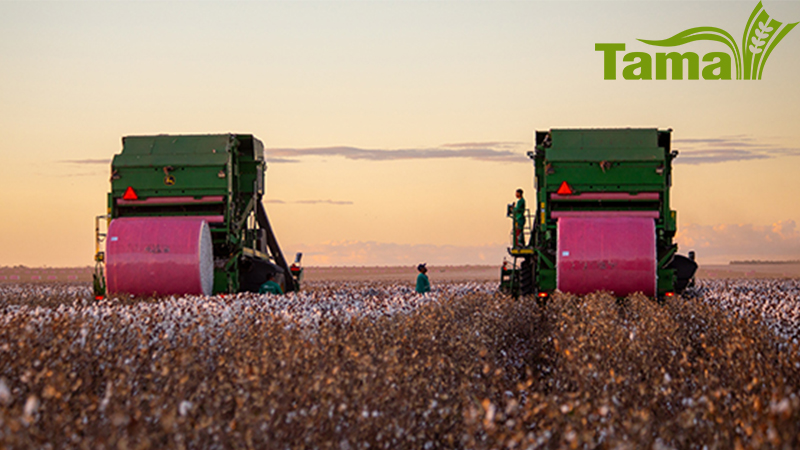Top Five Tips for More Efficient and Profitable Cotton Production in 2015
During 2014, the Raising More Profit series explored many aspects of cotton production, with an eye on improving or enhancing grower profitability.
Overall, five key points for profitability stood out during the year. And a little attention to these details could give growers a better shot at maximizing their cotton bottom line for 2015.
Start Clean and Treat Weeds Early
Profitable weed management – especially for pigweed – starts with clean fields at planting, followed by a regimented application schedule of residual herbicides and timely post-emergence products. Since most pigweed emerges within 18 to 21 days after planting, focus on the first three weeks of the crop to help maximize control and, ultimately, reduce herbicide and labor costs.
Choose Varieties That Fit Your Operation
Variety selection is the biggest decision a grower will make all year, especially with the technology options available for weed, insect and nematode management. As always, growers should select varieties based on yield. But they also need to evaluate their field conditions (soil texture and type, irrigated or dryland, weed and pest pressure), review data from several variety tests, and consider planting multiple varieties and maturities to help spread risk and smooth out harvest timing.
Manage Irrigation Rates and Timing
Fine tuning irrigation plans can help growers maximize both yield and profit. Water use efficiency studies have shown that higher yields and better water value from irrigation came from using higher water rates during cotton’s later growth periods, especially during the maturation period.
Don’t Skimp on Insect Control
Cutting inputs for insect infestations, regardless of cotton market prices, is never a good idea, especially if insects reach threshold levels that could cause an economic loss. To help save costs, look at opportunities to plant early and try to isolate cotton fields from corn or other crops that serve as hosts for problem insect pests.
Quality. Quality. Quality!
High quality cotton is in limited supply on the world market, and U.S. grower profitability may very well be directly proportional to the quality of cotton produced. Selection and careful management of varieties with proven quality characteristics can help growers minimize dockage or optimize their premiums.









